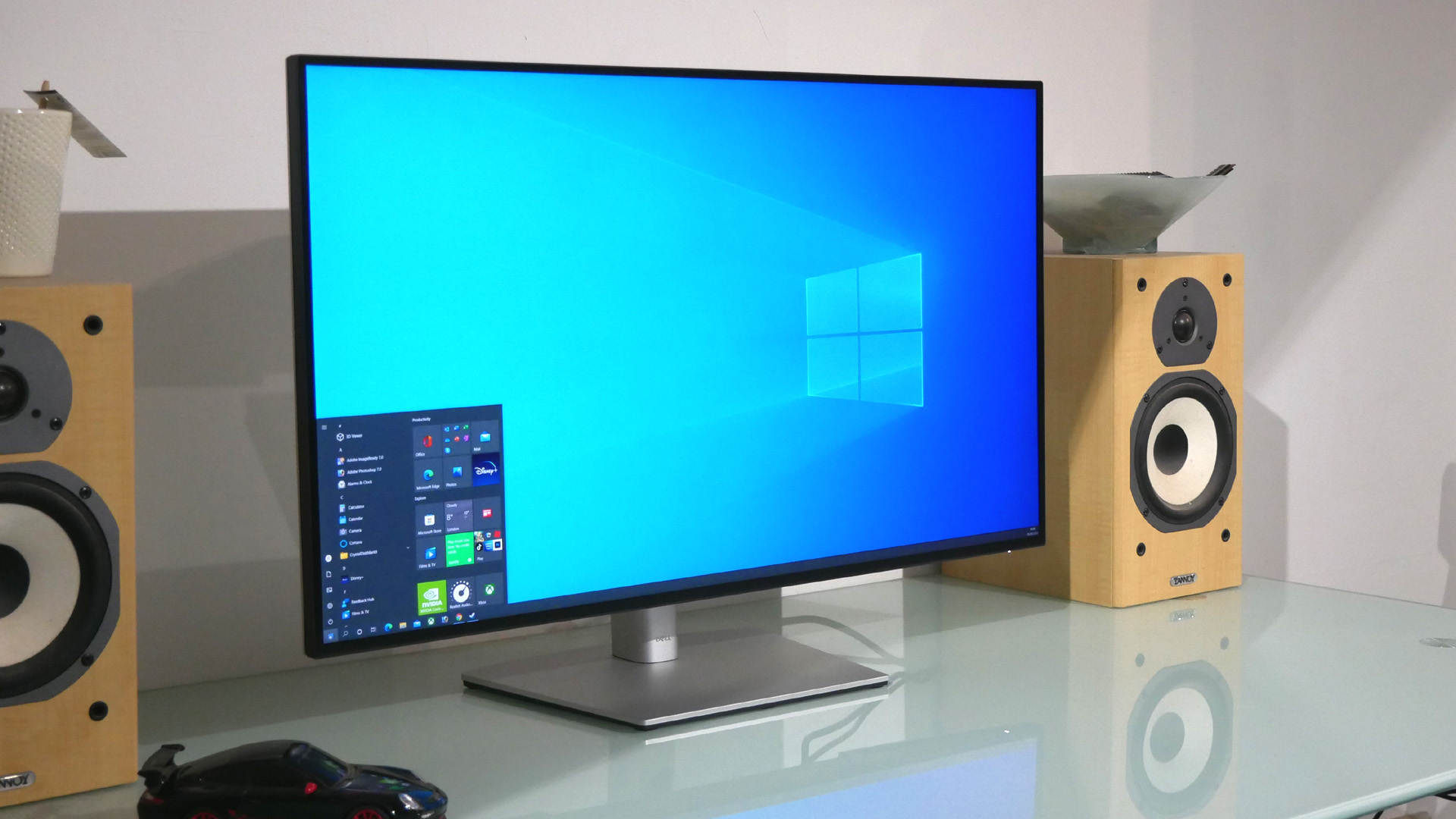TechRadar Verdict
USB-C and KVM switch deliver outstanding productivity, but hot new IPS Black panel tech is a disappointment.
Pros
- +
USB-C connectivity and daisy chaining
- +
KVM switch
- +
Slick slim-bezel design
Cons
- -
IPS Black technology is disappointing
- -
Fairly expensive
Why you can trust TechRadar
Dell often gets early access to the latest display tech. So, it is that the new Dell Ultrasharp U3223QE debuts LG’s IPS Black panel technology, which delivers up to 2,000:1 contrast. That’s a big jump over the 1,300:1 maximum contrast achieved by IPS screens to date. Most IPS monitors only manage 1,000:1.
Of course, VA panels do even better by that metric. The best are capable of up to 4,000:1 contrast ratios. But VA technology is also slower and can’t match IPS for accuracy and viewing angles.
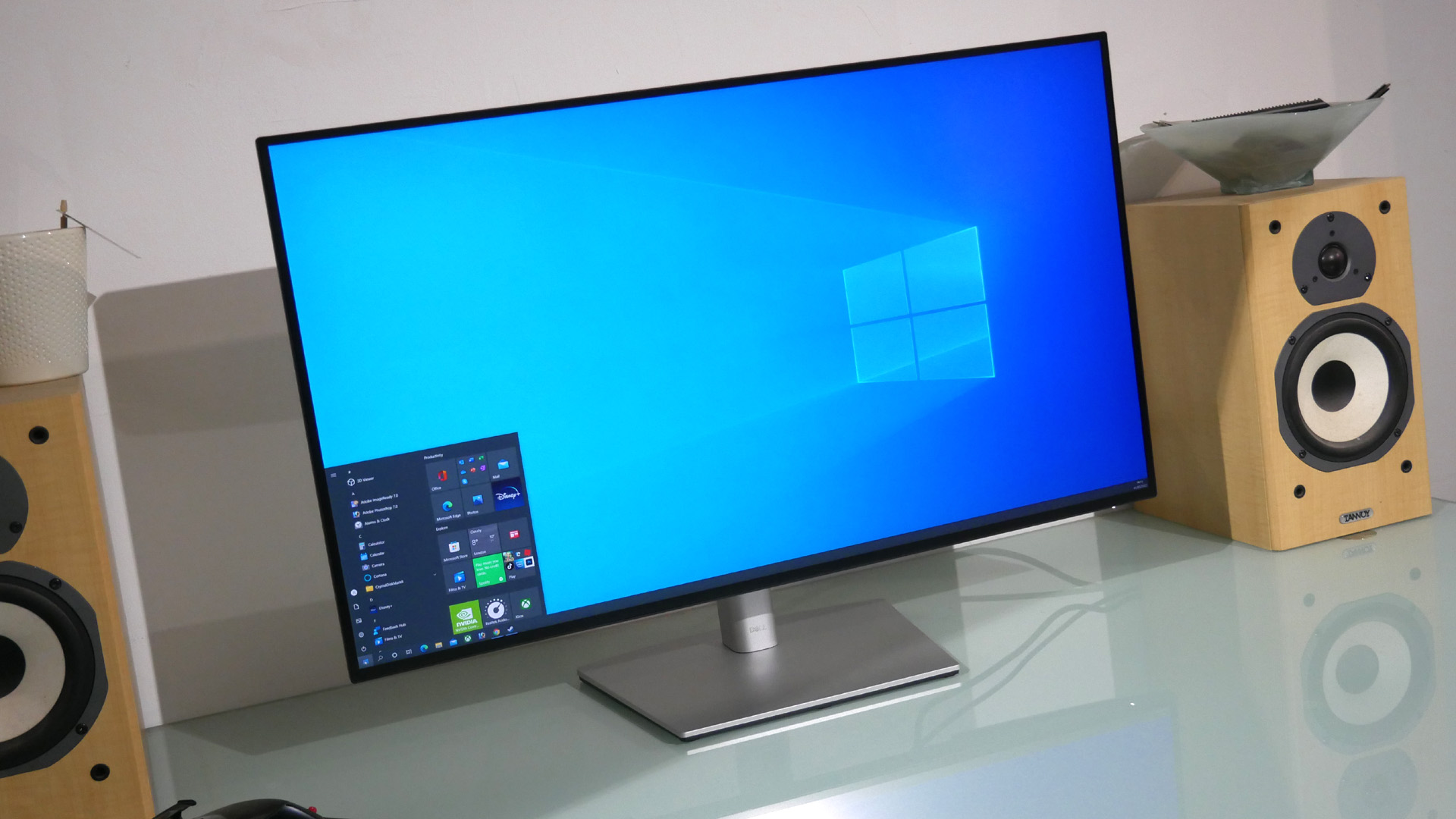
Note that we’re talking here about the static contrast achieved by the LCD panel itself, as opposed to that enabled by a backlight with local dimming. Arguably, however, static contrast is even more important. After all, very few business monitors have true full-array local dimming. Those that do cost megabucks. Indeed, this Dell lacks local dimming. So, a major improvement in the inherent contrast of IPS technology would benefit a wide range of monitors at all price points.
That aside, the Dell Ultrasharp U3223QE is an impressive 32-inch beast with full 4k resolution, USB-C connectivity with power delivery and KVM switch functionality. It also has excellent claimed color fidelity, basic HDR support and slick, slim bezel design.
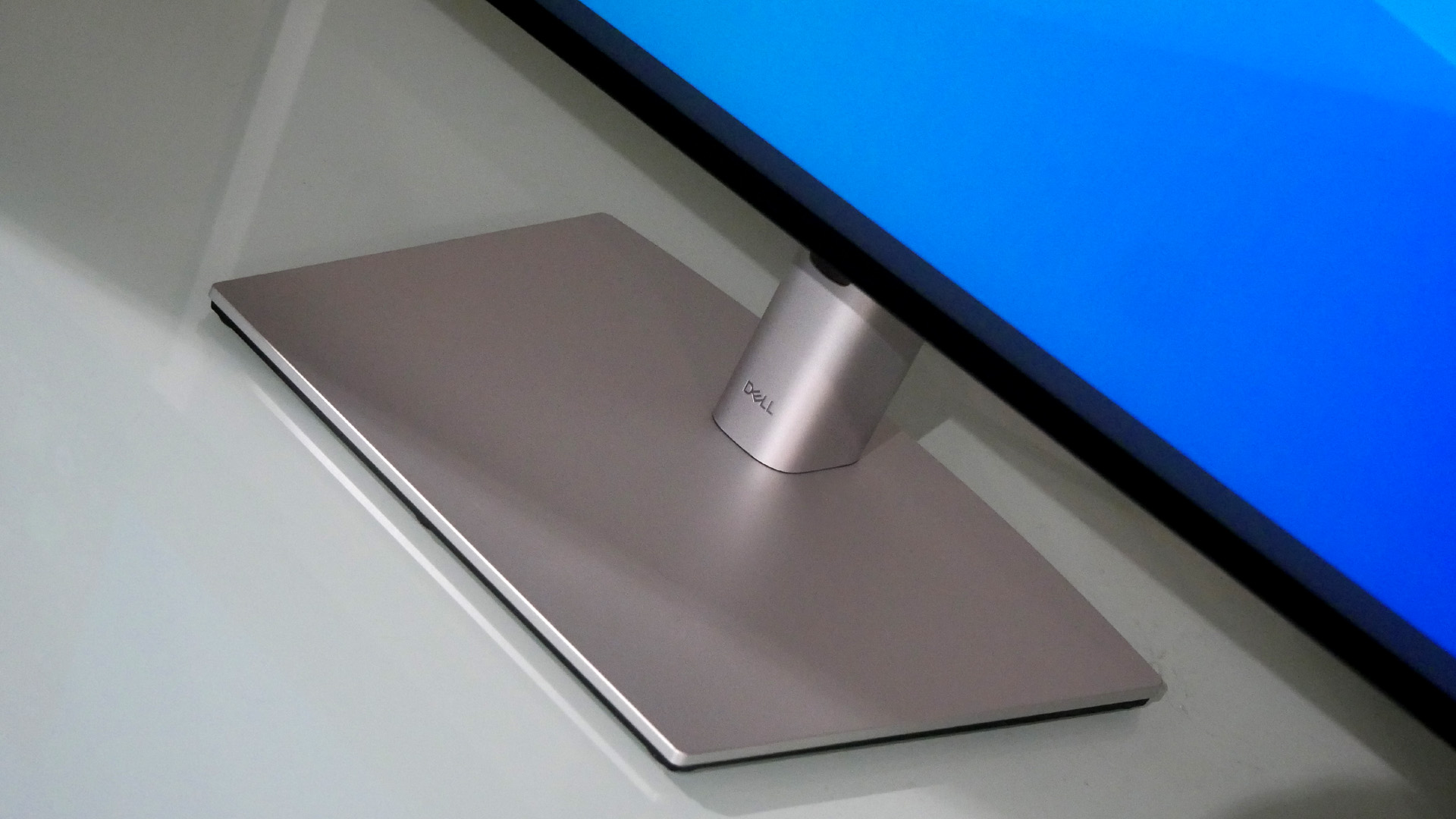
Design and features
The new Dell Ultrasharp U3223QE cuts a contemporary dash thanks to slim, symmetrical bezels on all four sides of its 32-inch IPS panel. It’s a good looking monitor. It’s also very well engineered and offers excellent adjustability, including tilt, height, swivel and rotation into portrait mode.
The showbiz feature is of course that IPS Black technology with 2,000:1 contrast. To that Dell adds an impressive 98 percent coverage of the demanding DCI-P3 digital cinema color space. So, while the U3223QE isn’t a pro-grade photo or video editing panel, it is certainly up to the job of some less demanding content creation workflows.
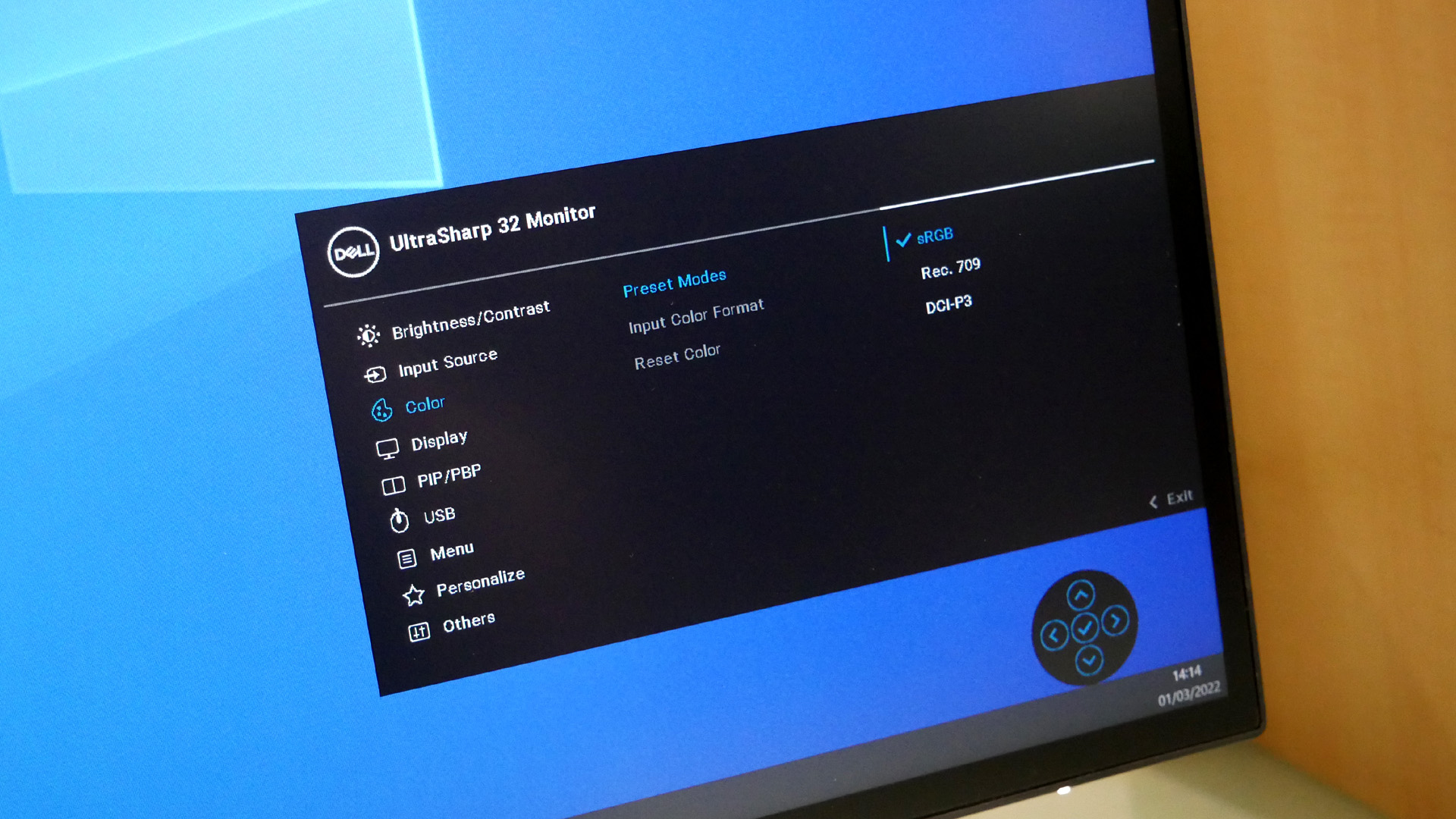
Panel size 32-inch
Panel type IPS
Resolution 3,840 x 2,160
Brightness 400cd/m2
Contrast 2,000:1
Pixel response 5ms
Color coverage 99% DCI-P3
Refresh rate 60Hz
Vesa 100mm x 100mm
Inputs DisplayPort 1.4, HDMI 2.0, USB-C with 90W PD
Other DisplayPort out, ethernet, HDR400
That said, powerful productivity is where this monitor is really at. Partly that’s thanks to the sheer desktop space on offer from any 32-inch 4K monitor with 3,840 by 2,160 pixels. But it’s also a function of an excellent overall feature set.
Highlights include USB-C docking with 90W of power delivery, ethernet connectivity, DisplayPort out and full KVM switch capability. With just a single cable, therefore, you can hook up a laptop, charge it, connect peripherals and daisy chain two of these mighty displays. Nice.
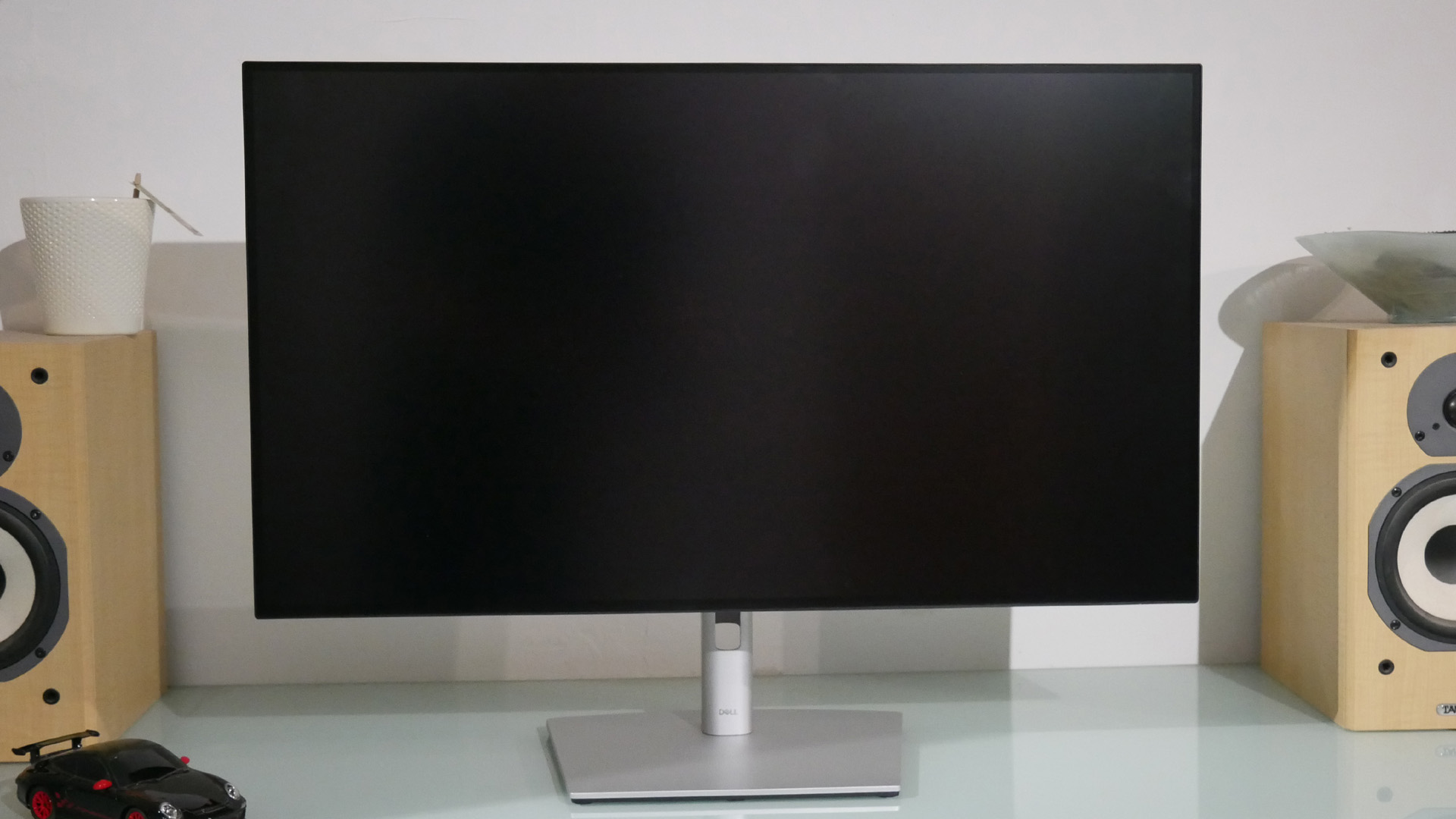
Performance
Maybe we need to get out more, but we were very excited to fire up the Dell Ultrasharp U3223QE and experience the first really big jump in IPS contrast performance in a decade or more. Unfortunately, the subjective experience doesn’t deliver on the heightened expectations.
Running alongside an existing 32-inch 4K IPS monitor with a supposedly now-defunct 1,300:1 panel, this new Dell with its fancy IPS Black technology is subjectively little, if any, better when it comes to the perception of contrast, black levels and vibrancy. For the record, the U3223QE has HDR400 certification but no local dimming. So, it’s not a true HDR panel, regardless of the IPS Black technology.
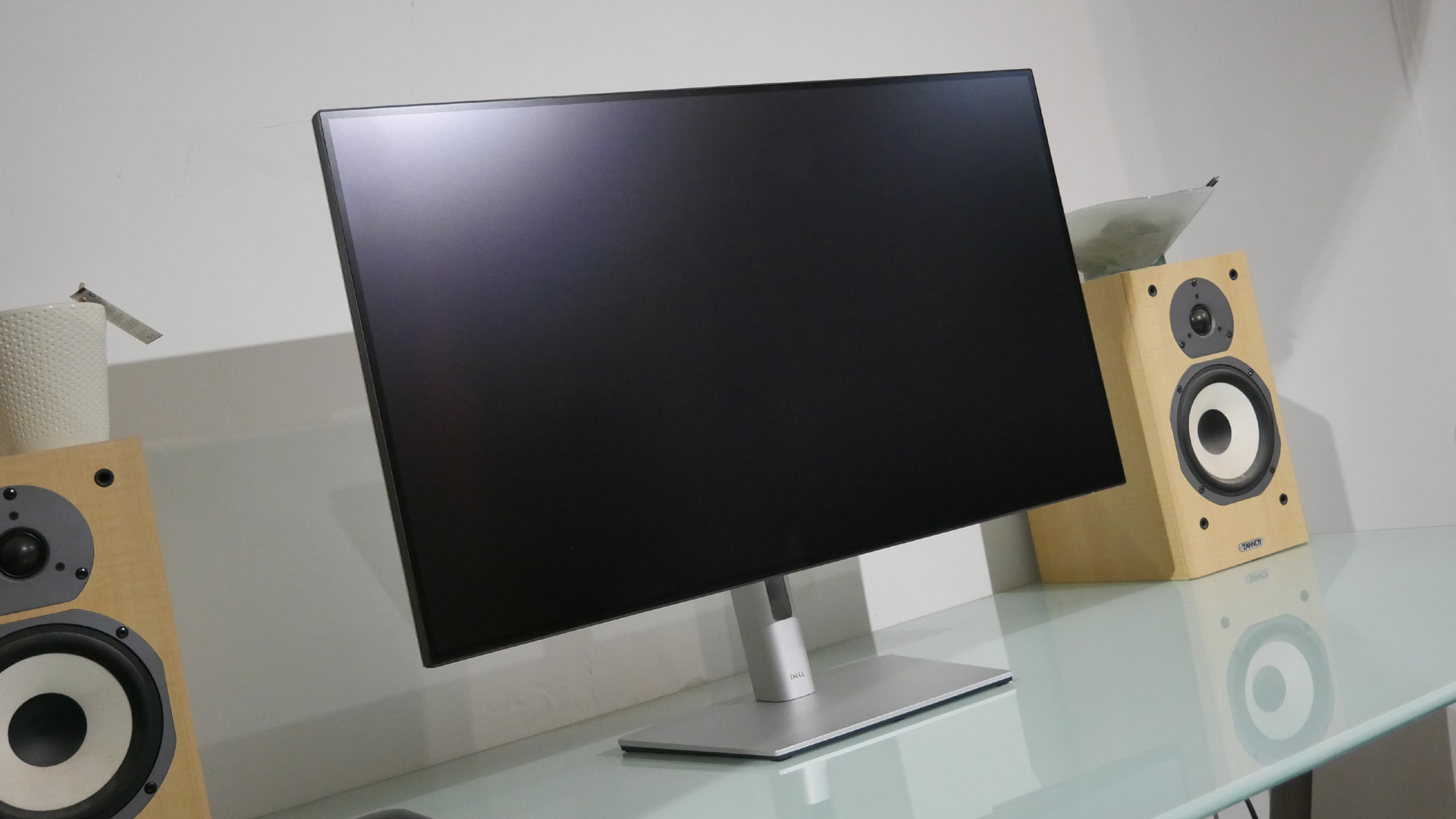
It doesn’t help that the default calibration in most modes, including standard, sRGB and DCI-P3 is just a tiny bit tilted towards green.
Nor that the panel doesn’t produce the cleanest or purest of white tones. Indeed, our overall preference in this impromptu comparison was for the older, theoretically less capable monitor. A big step forward this Dell simply is not.
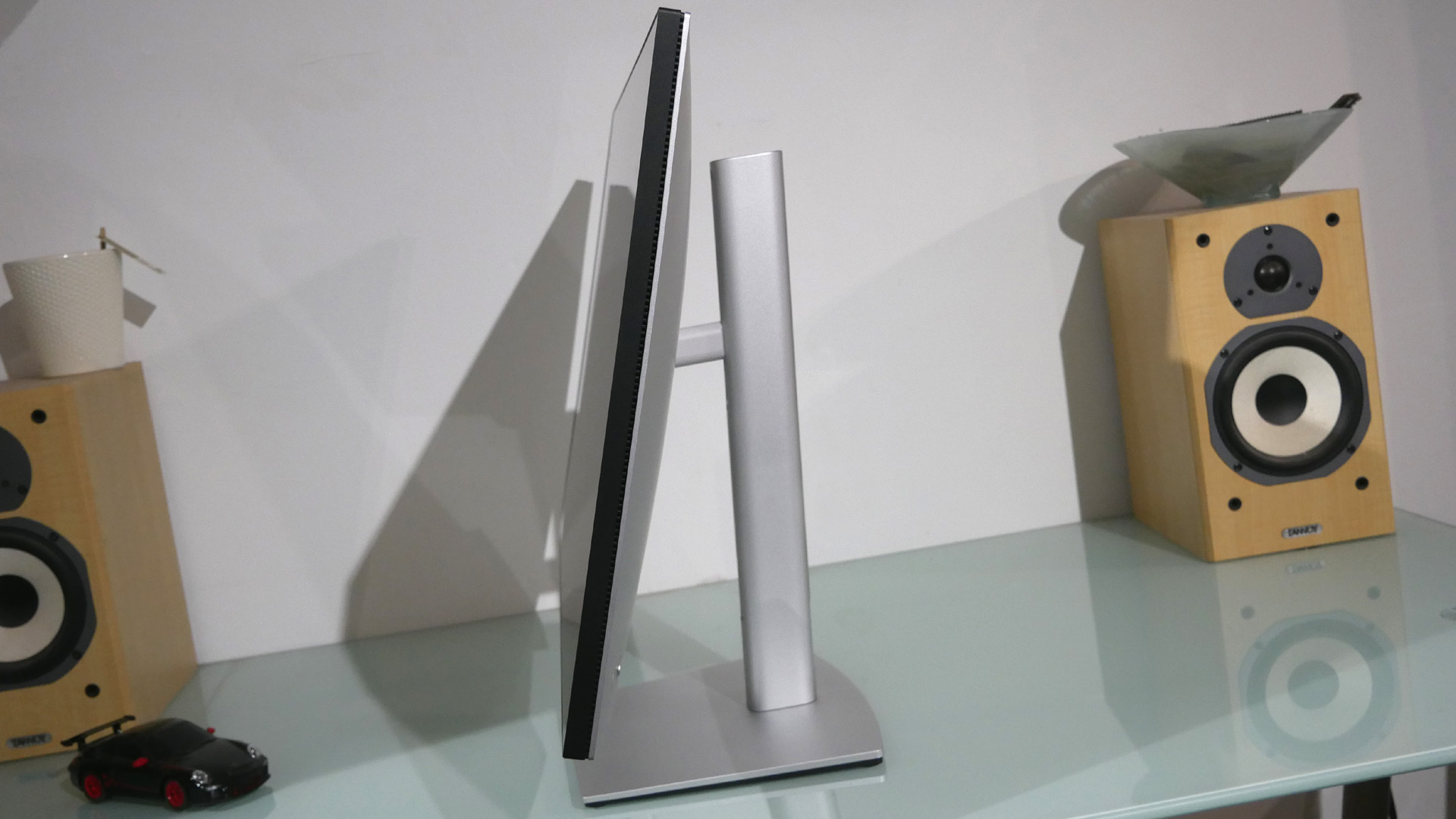
Likewise, the factory calibration also leaves a little to be desired more broadly, with compression visible in test scales of brighter tones. As for response, this isn’t a gaming monitor but in standard mode it’s actually pretty nippy. That said, accessing the claimed 5ms performance means enabling overdrive in the OSD menu and with that comes some very obvious and unsightly overshoot.
All of that is a bit of a pity because in many regards, the Dell Ultrasharp U3223QE is awfully desirable. The viewing angles are excellent, the pixel density is nice and, despite the issues noted, it’s still a gorgeous display to work with.
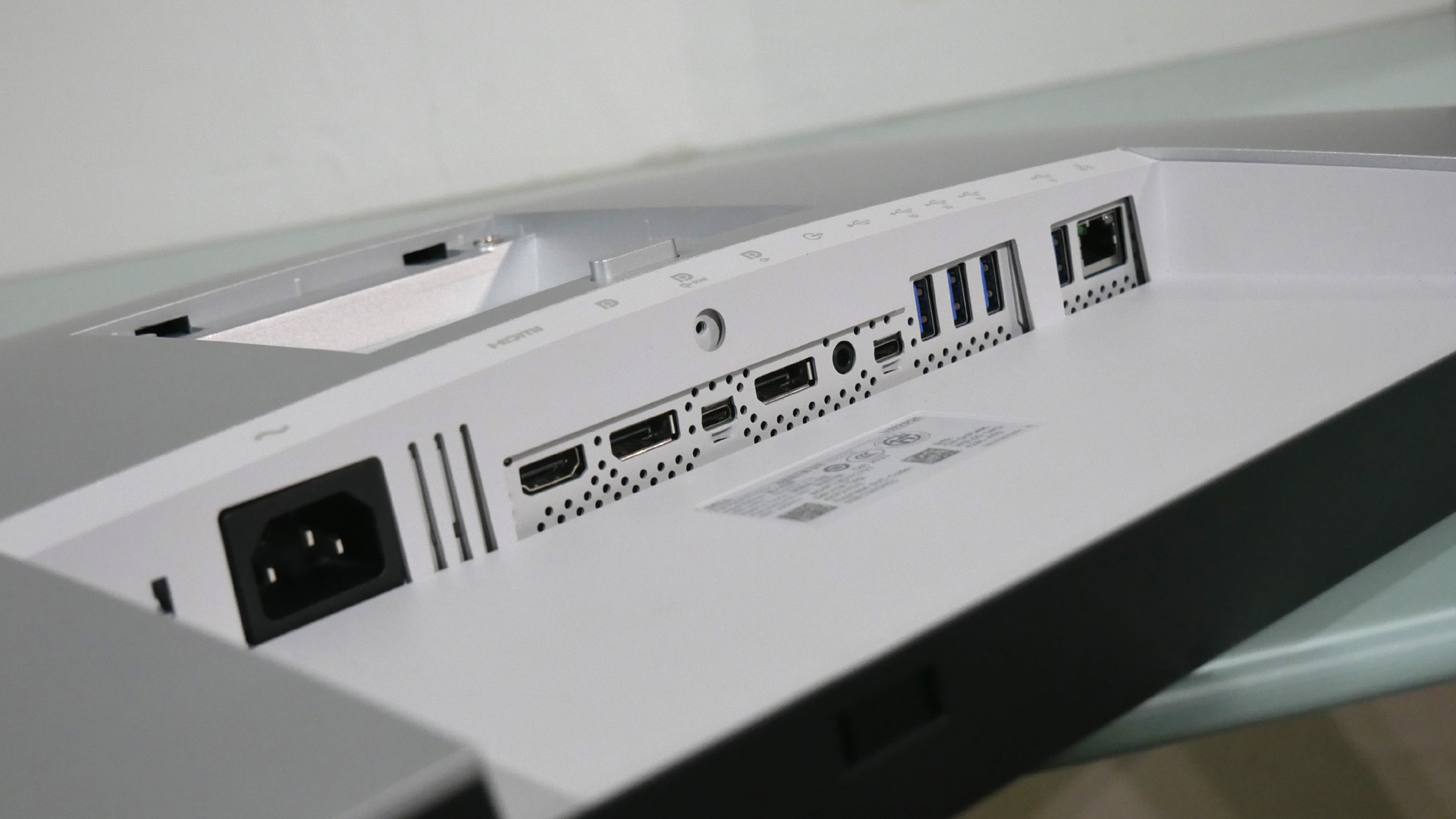
Verdict
In image quality terms, the Dell Ultrasharp U3223QE isn’t quite the advance we hoped for thanks to its “world’s first” use of an IPS Black panel with close to double the static contrast of previous IPS displays. Ultimately, VA panel tech still rules when it comes to static contrast. Add in factory calibration that leaves a little to be desired and we’re slightly disappointed overall.
What with the attractive slim bezel design and the fantastic overall feature set, including USB-C connectivity and KVM switch functionality, that’s a shame. Dell has produced several killer productivity panels in this part of the market in the past. But the Ultrasharp U3223QE is merely good rather than great.
We've featured the best monitors for home working.
Technology and cars. Increasingly the twain shall meet. Which is handy, because Jeremy (Twitter) is addicted to both. Long-time tech journalist, former editor of iCar magazine and incumbent car guru for T3 magazine, Jeremy reckons in-car technology is about to go thermonuclear. No, not exploding cars. That would be silly. And dangerous. But rather an explosive period of unprecedented innovation. Enjoy the ride.
